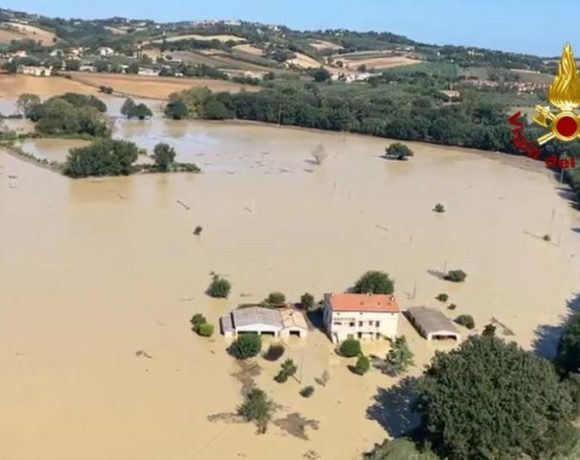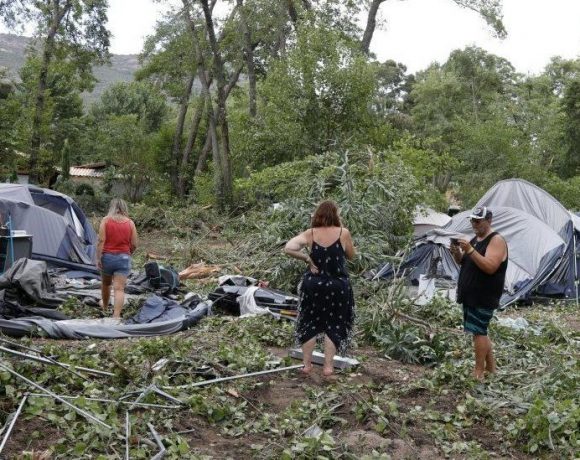Authorities in Marche, Italy, reported that at least 10 people had perished as a result of nocturnal flash floods. Late on Thursday, torrential rain forced rivers and streams to overflow, flooding coastal towns near the regional capital of Ancona.
A half-worth year’s of rain, or about 400mm (16 inches), fell in a few of hours. Four more people, including a kid who was split up when a river burst its banks, are still missing and being sought for by rescuers. Local mayor Ludovico Caverni told the state-run RAI radio station that “it was like an earthquake.”
A mother who managed to leave her car while holding her infant in her arms reportedly lost sight of him after becoming submerged in water when the River Misa burst its banks.
Emergency personnel were able to save the woman over night, but several people remain unaccounted for, according to local media. In addition to the 10 confirmed fatalities, 50 additional patients were reportedly being treated in hospitals in Italy for hypothermia and other flood-related injuries.
More than 180 firefighters are helping with the rescue operations by removing residents who were compelled to scale trees or climb onto their roofs to flee the rising water overnight. Video reveals that some of the rescuers reached the stranded families using dinghy rafts and helicopters.
The neighbouring coastal areas were parched after an extremely dry summer and unable to absorb the massive amounts of water that were raining down.
Local officials claim that even though rain was predicted for the area, the accompanying flash floods completely caught everyone off guard.
According to Reuters, regional administrator for the Marche region Stefano Aguzzi told reporters, “We were given a regular rain alert, but nobody had expected anything like this.”
Weather forecasters claimed that a combination of two factors—unusual high temperatures in September and an ongoing drought throughout the summer—explained the intensity of the floods.
Due to the heat, the water was warmer than usual for the season, which increased the amount of moisture in the air. Because of the extreme summer drought, the land was unable to quickly absorb the rain that a storm later discharged as moisture.
Fears about the effects of climate change have increased as a result of unusually hot weather and low rainfall levels in northern Italy.
Picture Courtesy: Google/images are subject to copyright



